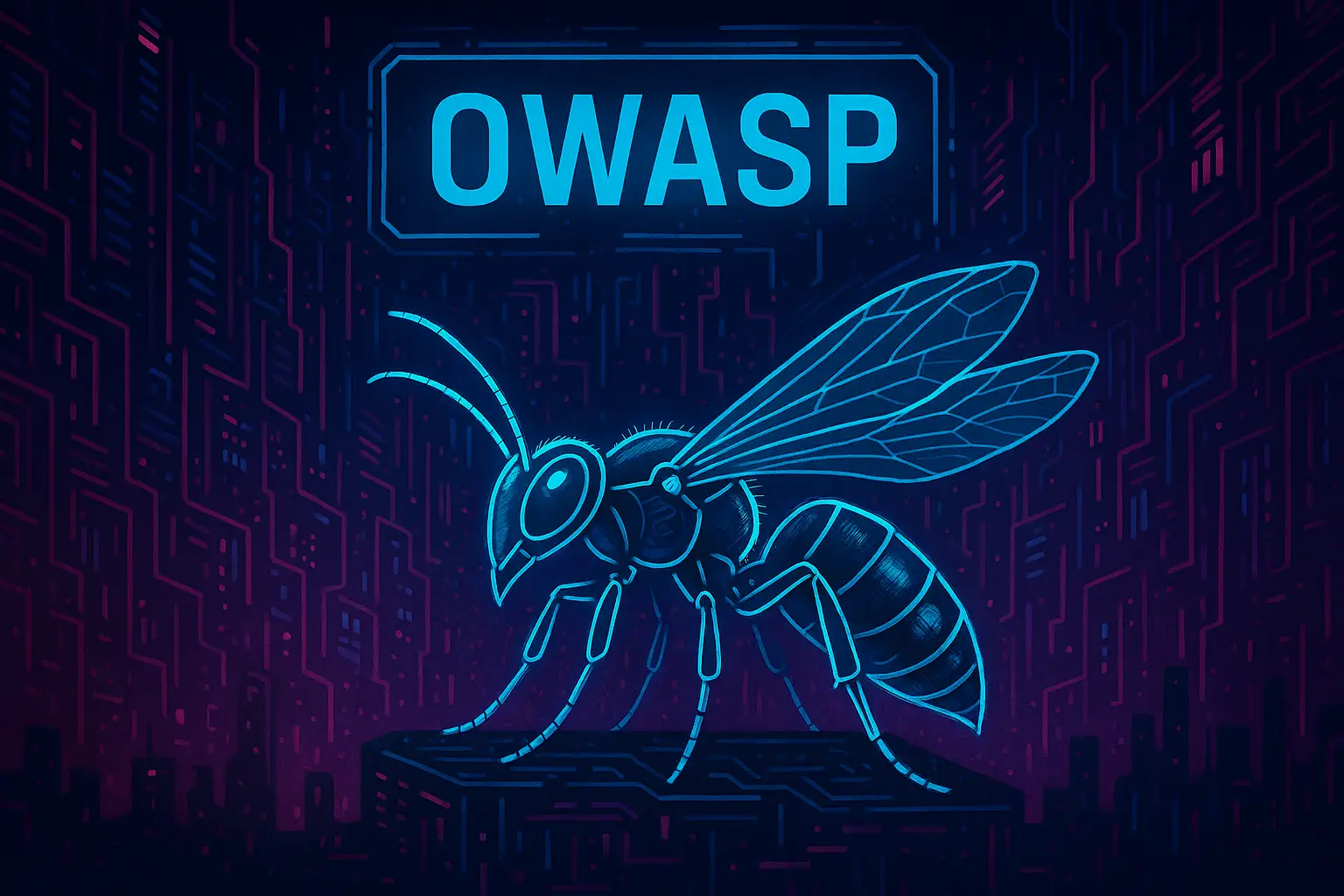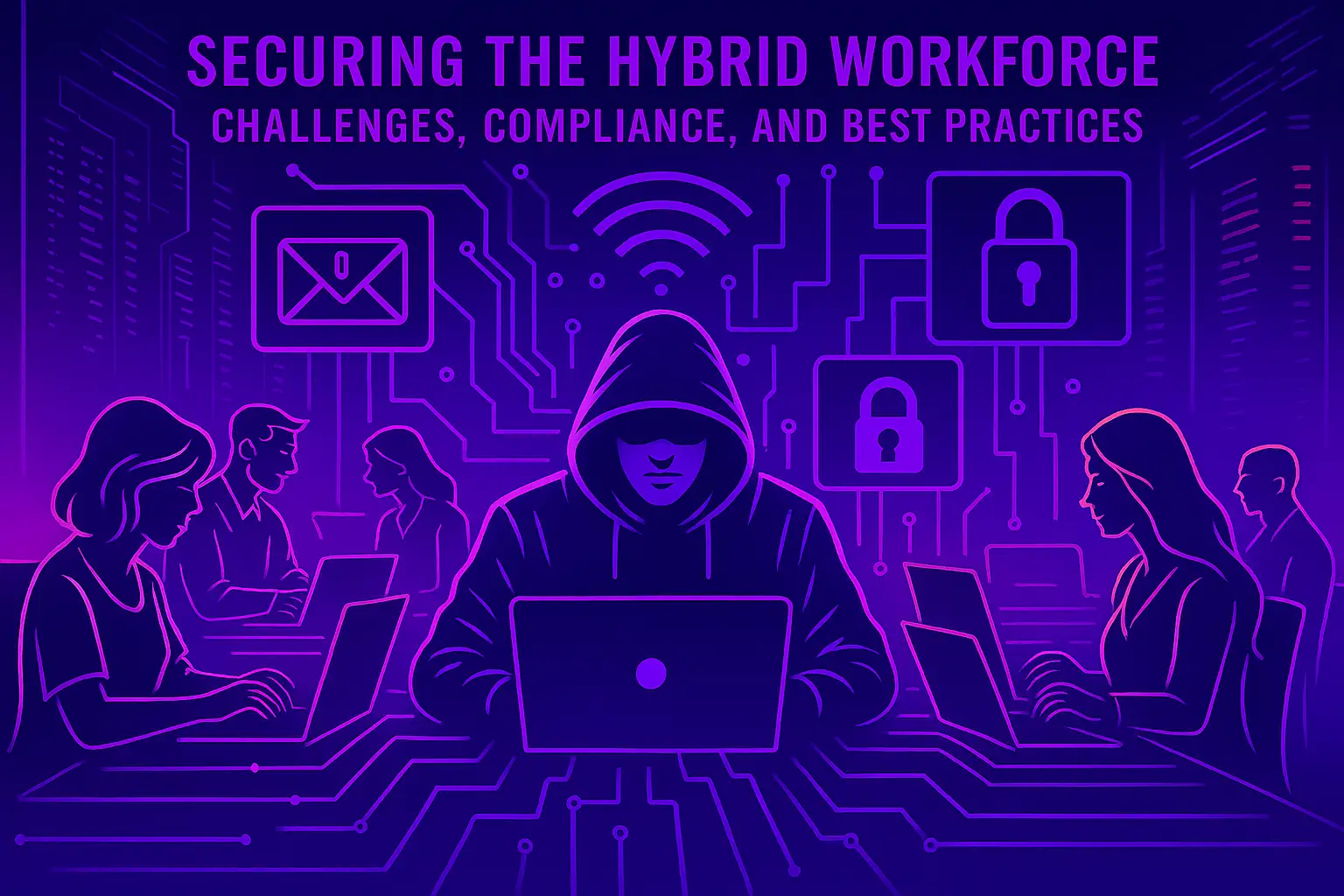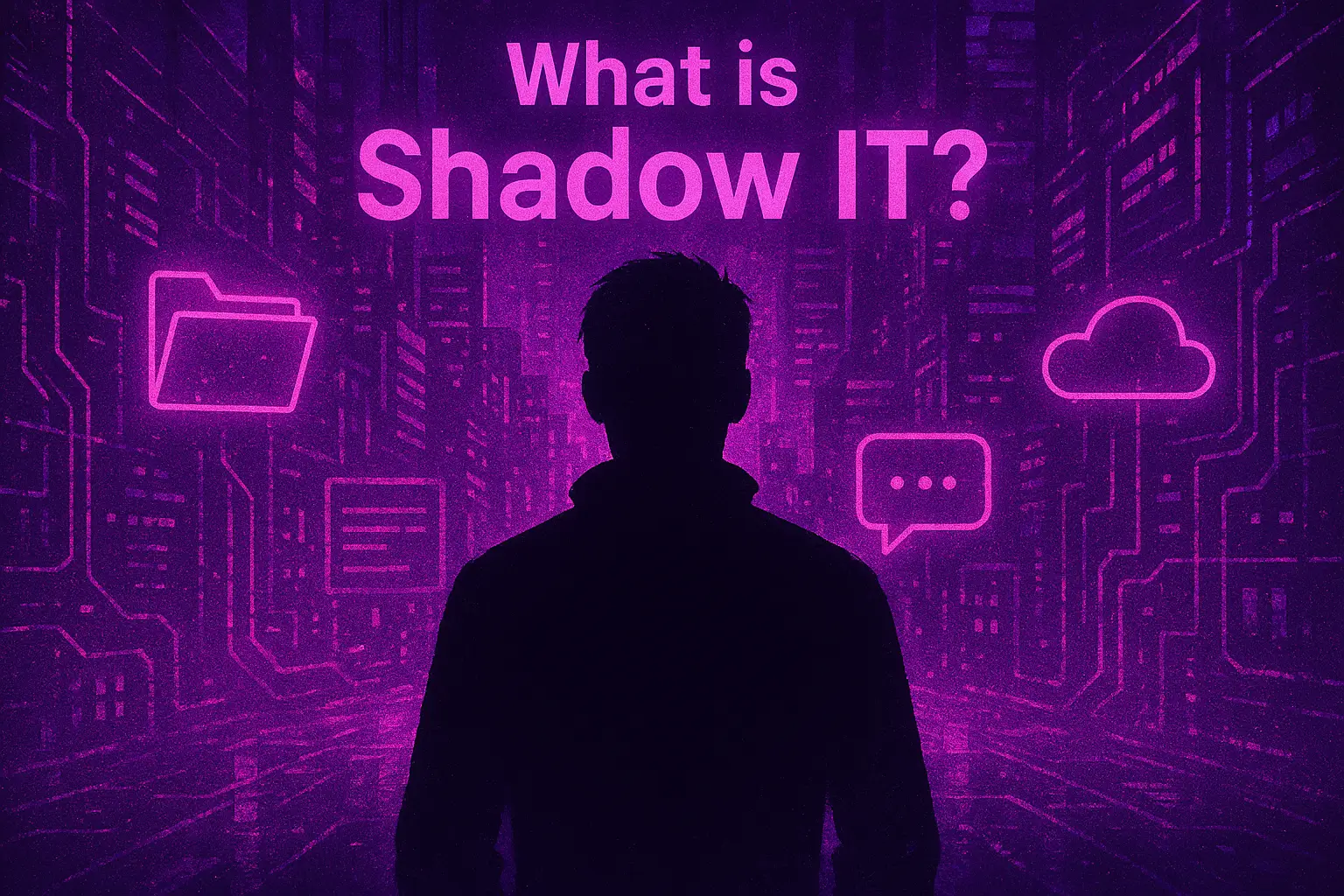1. Overview
Dunghill Leak is a data extortion group that emerged publicly in 2023. The group became known for targeting government agencies, educational institutions, and critical infrastructure organisations, primarily in Europe and North America. Unlike most ransomware groups, Dunghill Leak appears to focus entirely on data theft and public exposure, with little to no evidence of file encryption.
The group operates a dark web leak site where it publishes stolen files in stages, often accompanied by cryptic messaging and inconsistent political statements. Its motives remain unclear, with some operations resembling traditional financially motivated extortion and others appearing ideologically driven.
2. Origin and Evolution
Dunghill Leak was first noticed by security researchers in mid-2023 when the group claimed responsibility for leaking data from several Eastern European municipal systems and university networks. The leaks included internal documents, identity records, and technical configuration files.
Over time, the group expanded its targeting, claiming to have compromised national infrastructure providers, health-related agencies, and international academic institutions. Its operations remain sporadic and relatively low in volume, but the diversity of its targets and erratic publication strategy have drawn attention.
3. Tactics, Techniques, and Procedures (TTPs)
Dunghill Leak uses relatively simple but effective techniques to gain access to vulnerable systems and exfiltrate data. Common methods include:
- Initial access
Exploitation of internet-facing services with known vulnerabilities (T1190), credential stuffing (T1110), and abuse of weak authentication on remote administration portals. - Data exfiltration
The group targets file servers, email accounts, and internal documentation, exfiltrating data via FTP, web-based file transfer tools, or cloud storage links (T1041). - Leak site publishing
Data is published on a Tor-hosted website, typically in stages. Each leak includes a short description, sample file archive, and countdown timer for further disclosure. - Messaging
Dunghill Leak’s messaging ranges from financial extortion demands to anti-government and anti-corporate rhetoric. In some cases, there is no clear demand, and the data is leaked regardless of victim response.
4. Targeting Profile
The group appears to prioritise under-secured infrastructure and institutions with sensitive public-sector or research data. Common targets include:
- Universities and academic research bodies
- Municipal and regional government systems
- Public health institutions
- Utility and critical infrastructure providers
- Small to mid-sized companies with exposed file servers
Several of Dunghill Leak’s victims are located in Eastern and Central Europe, though organisations in the UK, Canada, and the United States have also been affected. UK-based academic institutions and regional health authorities have appeared in the group’s claimed leaks.
5. Notable Campaigns and Victims
Dunghill Leak is selective in its operations but has claimed responsibility for:
- Leaks of administrative documents from a UK university
- Breach of a national water utility in Eastern Europe, including engineering documents
- Publication of patient-facing health records from a medical research institute
- Access to an environmental consultancy’s internal communications, later posted in full
In most cases, victims are not named until data is published. Some victims report never receiving a ransom demand or any contact from the group prior to publication.
6. Technical Indicators
Known indicators of Dunghill Leak operations include:
- Access from Tor exit nodes and anonymised VPN services
- Use of FTP and public file transfer tools to exfiltrate data
- Creation of compressed archives such as .zip and .tar.gz in staging directories
- Data posted on a dark web domain ending in .onion, with sample file sets and download instructions
- Lack of ransomware payloads or observable encryption activity
Because Dunghill Leak does not use typical ransomware techniques, many intrusions are only detected post-exfiltration or after data is published.
7. Defensive Measures and Recommendations
To mitigate the risk posed by Dunghill Leak and similar data-focused extortion groups:
- Patch publicly accessible services and web applications regularly
- Enforce strong password policies and multi-factor authentication
- Monitor file servers and cloud platforms for unauthorised access or large data transfers
- Use data loss prevention tools to detect unusual outbound activity
- Maintain offsite, secure backups of sensitive documentation
- Monitor dark web forums and leak sites for references to your organisation
Organisations with low visibility into external attack surfaces are particularly vulnerable to these types of actors.
8. Attribution and Alliances
There is no formal attribution for Dunghill Leak. The group does not appear to be part of any major ransomware cartel, nor does it consistently align with a specific political agenda. Some of its messaging mimics hacktivist rhetoric, while other activity suggests purely opportunistic data theft.
There is no public evidence linking Dunghill Leak to known nation-state activity, though its inconsistent strategy may serve as a front for other interests. It may also be a rebrand or offshoot of a prior data extortion group.
9. Conclusion
Dunghill Leak represents a hybrid threat actor, operating at the intersection of hacktivism, data extortion, and opportunistic cybercrime. While lacking in technical sophistication, the group’s unpredictability and focus on sensitive data make it a reputational risk to public institutions, academia, and small to mid-sized enterprises.
UK organisations, particularly in the education and healthcare sectors, should ensure strong data governance and external threat monitoring to reduce exposure to these types of attacks.
Author:
Threat Intelligence Team, UK Cyber Defence Ltd
All intelligence current as of May 2025





